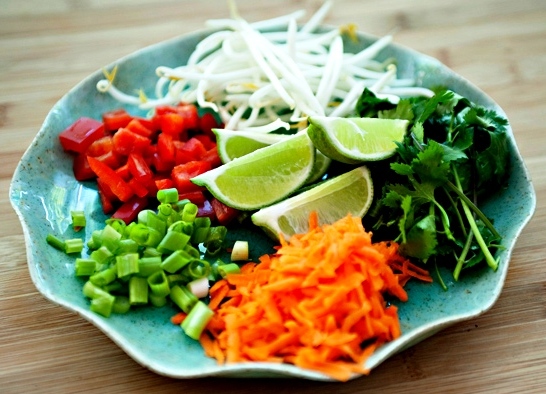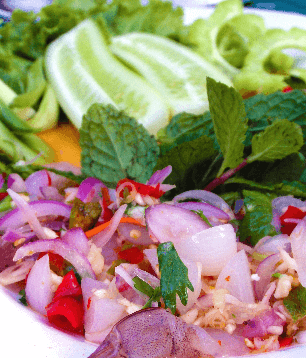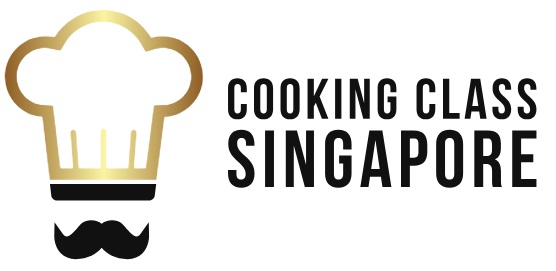Sawatdee!
The fact that you are here means you are curious about the complex but extremely delicious and delectable cuisine of the Thais.
Anywhere you go, whether in the restaurants or the hawker centres, you will come across Thai dishes such as Tom Yum soup, Phad Thai, stuff chicken wings, pineapple fried rice, mango sticky rice, Thai-style curry crab, Thai green curry, and seafood spring rolls; and they are always a hit.
After all, who can resist the mouthful of flavours in every plate?
They are saucy, spicy, rich, creamy, and textured all at the same time.
But here is a good thing. Here in Singapore, you can learn how to cook Thai.
This way, you can save a lot of money and show off your culinary skills at the same time.
At the very least, too, you can relate to Thai restaurateurs in the area, so the next time you dine in them, you know what food and flavour you want to taste.
Thai food is also good for your health, as the spiciness can help increase your metabolism.
The ingredients are often fresh, and most of them use seafood.
Of course, you can learn to cook Thai vegetarian recipes. You can even bring along the family with you, especially your kids.
What Can We Learn From Thai Cuisine?

One of the first things that you should learn in a cooking class is the uniqueness of Thai Cuisine.
Here in Singapore, some of them have already been influenced by other styles of cooking such as those of the Chinese Cuisine and even the Americans.
Nevertheless, Thai food is often spicy with great use of coconut milk.
It is uncommon to see traditional Thai dishes with very big cuts of meat.
This stems from their Buddhist belief.
Balance is also a very important element in Thai cuisine, so even if it’s spicy, it also has a hint of sweetness, sourness, and saltiness.
If you have not noticed it yet, almost all Thai restaurants and stalls offer fried noodles.
As their name suggests, the noodles are deep-fried to give them golden brown colour and crunchy taste.
They are then easily paired with some spices and herbs like lemongrass to tone down the fiery taste.
In a traditional Thai meal, people, including guests, eat the food with their hand.
However, for convenience, among others, you are normally served with spoon and fork.
It is also customary to serve all the dishes at one time so they can be shared by everyone in the table.
It is also normal to pair the main courses with rice.
Are Thai Cooking Classes hands-on?

As more people become interested in Thai cooking, we have many schedules for fun and great cooking classes.
We conduct all cooking classes in a modern kitchen studio.
All the cooking classes are hands-on, but to ensure that everyone learns, every session is limited to at most ten people.
Some of them focus on certain dishes only such as Kao Phat or pineapple fried rice.
For a class of about two to three hour, you can learn to cook two to three specific dishes.
It’s also possible that the menu is based on certain categories like appetisers, desserts, noodles, or soups.
They also have single dishes, which are set food, complete with rice and noodles.
See you at the classes and learn to prepare your Thai cuisine for your loved ones.
